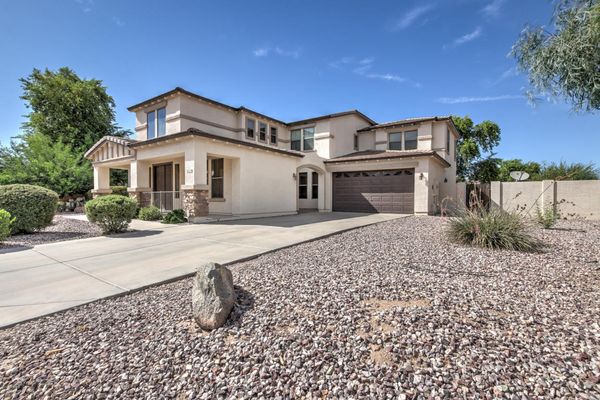
It’s not a refuge for the afflicted nor the feeble minded. The Golden Rule Farm is a project in the rehabilitation of the American boy - maybe repossessing would be a better word. That new home was to be situated on the Boynton and Holquist farms in Northfield.Īt the time, Boston Herald writer Bill Cunningham wrote of the home’s mission and its plight: When the Franklin Falls Dam was built in 1939, it forced the relocation of Hill Village and the residences within the flood control area, and Golden Rule Farm was one of places forced to find a new home.

Golden Rule Farm began taking in troubled boys who had problems at home or run-ins with the law, giving the place the reputation of being New England’s Boys Town - a reference to Father Flanagan’s Boys Home where the priest offered an alternative to reformatories and other juvenile facilities. Golden Rule Farm adapted as the need for orphanages declined and the needs of urban children facing corrective situations grew, and the rehabilitation of juvenile delinquents became a major focus. Ledgers from the early years contain entries about the children brought there from homes where there was an unwed mother or a widowed father unable to care for his children, or a child was simply left on the doorstep.Ī sample entry: “a babe 8 months old - Husband gone - Child illegitimate.”

Situated in the Pemigewasset Valley between the towns of Hill and Franklin, it gave orphans the opportunity to experience farm life. When, in 1914, it was joined to the Golden Rule Homestead, which increased the size of the property to 400 acres, it became the Golden Rule Farm. Buzzell established a cottage-style housing arrangement for orphans and taught them life skills in what first was known as the Bradley Memorial Home. It had been the home of Daniel Webster’s sister. Buzzell, who received a gift of the 100-acre Roberts Farm in 1901. The Golden Rule Farm grew out of the work of another pastor, Rev.


 0 kommentar(er)
0 kommentar(er)
